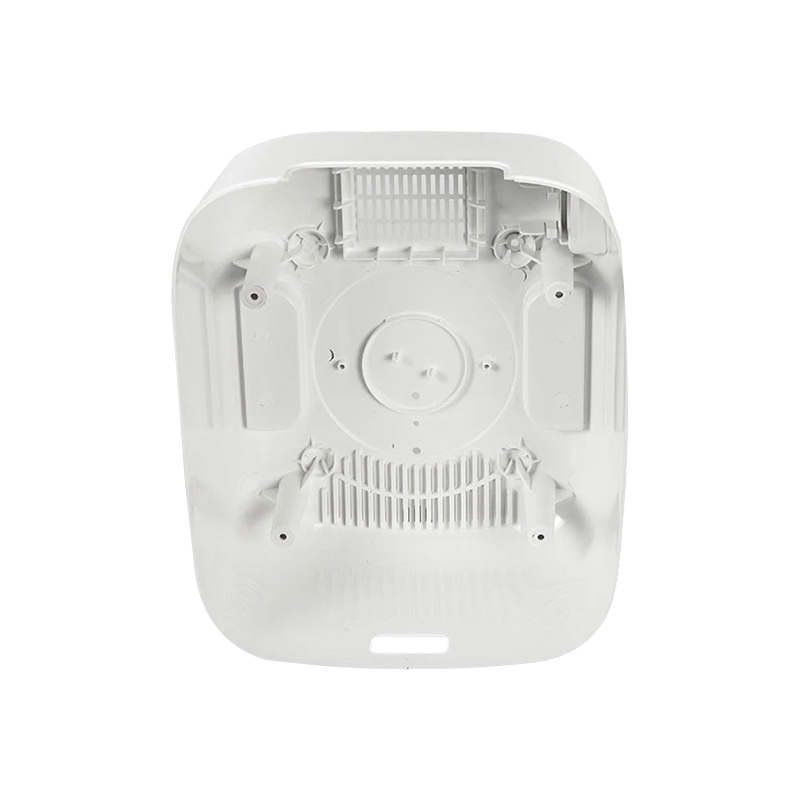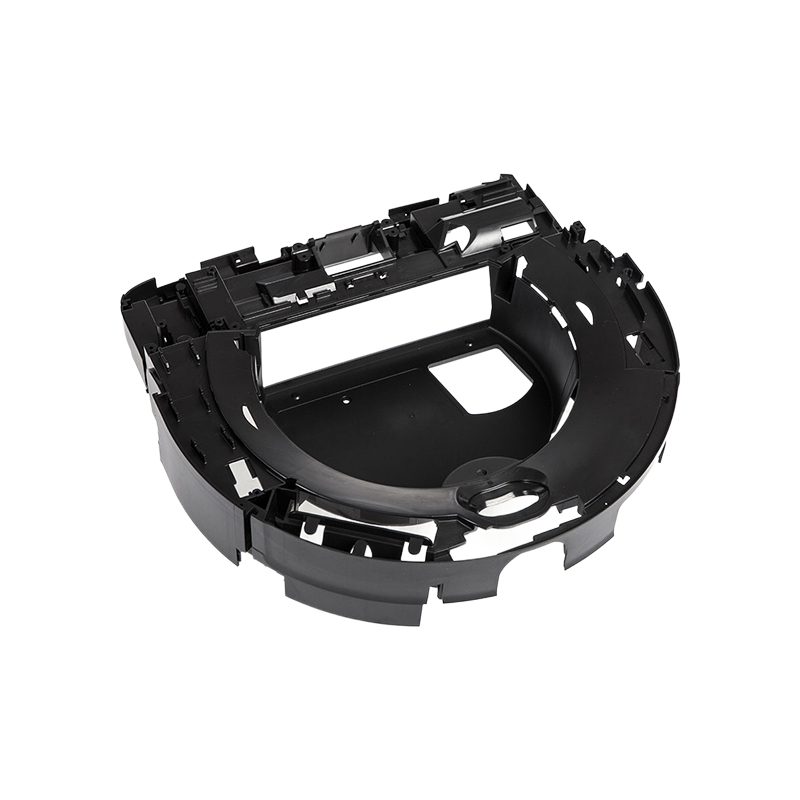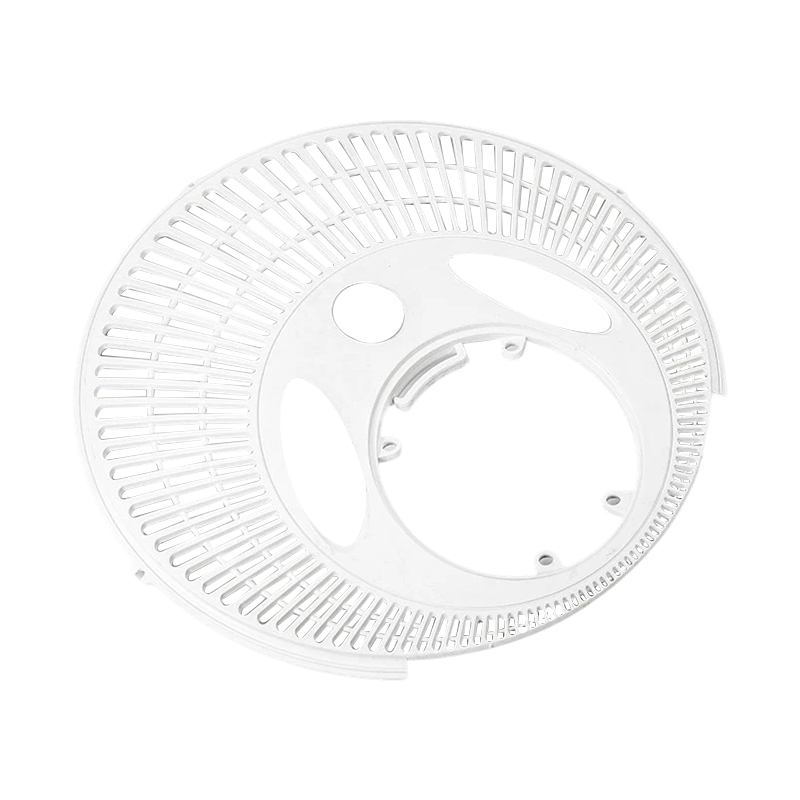How to reduce the weight of the speaker housing while ensuring structural strength?
Release Time : 2025-05-14
In modern product design, especially for audio equipment such as speakers, reducing weight while maintaining sufficient structural strength is a key design challenge. As consumers' pursuit of portability and aesthetics grows, designers are constantly exploring new methods and technologies to achieve this goal. By adopting advanced materials, optimizing design and manufacturing processes, the weight of speaker housing can be significantly reduced without affecting product quality.
First, in terms of material selection, the materials traditionally used to make speaker housings, such as wood or metal, provide good acoustic performance and structural strength, but they are often heavy. In recent years, the application of new composite materials and engineering plastics has opened up new ways to reduce weight. These materials not only have excellent mechanical properties, but also have a lighter weight. For example, carbon fiber reinforced polymer (CFRP) combines the advantages of high strength and low density, making it one of the ideal choices for high-end audio equipment. In addition, some lightweight alloys are also used in speaker manufacturing due to their excellent specific strength, which not only ensures firmness but also achieves the goal of weight reduction.
In addition to the application of new materials, optimized design is also an important means to reduce the weight of speaker housing. Modern computer-aided design (CAD) software allows designers to create complex and accurate three-dimensional models and perform simulations to test stress distribution under different design solutions. Based on these analysis results, designers can remove unnecessary parts of the material and retain only those areas that are critical to maintaining structural integrity. This "topology optimization" technique helps to reduce the overall material usage, thereby achieving the goal of reducing weight. At the same time, the rational layout of internal support structures to ensure that they can effectively distribute external loads and maximize the use of space is also an effective strategy to improve structural efficiency.
Advances in manufacturing processes have also contributed to reducing the weight of speaker housings. For example, 3D printing technology can produce products with complex geometries directly from digital models, making previously difficult designs possible. With additive manufacturing, not only can the thickness of each layer of material be precisely controlled, but multiple components can also be integrated into a single part, reducing the number of connectors in the assembly process and further reducing the overall weight. In addition, certain special molding techniques such as blow molding or injection molding can also produce thin shells with uniform wall thickness, meeting the lightweight requirements while maintaining the necessary rigidity and durability.
To ensure that sound quality is not sacrificed in the process of reducing weight, designers also need to pay special attention to the acoustic characteristics of the speaker housing. Proper inner cavity design and the selection of sound-absorbing materials are crucial. By carefully arranging sound-absorbing cotton or other sound-absorbing materials, internal reflected sound waves can be effectively absorbed, and standing waves can be reduced, thereby improving sound quality. At the same time, reasonable opening position and size design can also help optimize low-frequency response, maintaining good bass performance even when the shell is thinned.
Finally, the development of surface treatment technology also provides support for reducing the weight of speaker housing. Traditional painting processes may add extra weight, while modern nano-coating technology can significantly reduce the coating thickness while providing the same or even better protection. This type of ultra-thin coating not only resists wear and corrosion in daily use, but also gives the product a unique visual effect, enhancing the product's market competitiveness.
In short, by combining new materials, optimized design, advanced manufacturing technology and scientific acoustic treatment methods, designers can successfully reduce the weight of speaker housing while ensuring its structural strength. This not only improves the user's carrying convenience and usage experience, but also provides unlimited possibilities for product innovation. With the continuous development of technology, we are expected to see more high-performance and lightweight speaker products come out in the future to meet the diverse needs of the market.
First, in terms of material selection, the materials traditionally used to make speaker housings, such as wood or metal, provide good acoustic performance and structural strength, but they are often heavy. In recent years, the application of new composite materials and engineering plastics has opened up new ways to reduce weight. These materials not only have excellent mechanical properties, but also have a lighter weight. For example, carbon fiber reinforced polymer (CFRP) combines the advantages of high strength and low density, making it one of the ideal choices for high-end audio equipment. In addition, some lightweight alloys are also used in speaker manufacturing due to their excellent specific strength, which not only ensures firmness but also achieves the goal of weight reduction.
In addition to the application of new materials, optimized design is also an important means to reduce the weight of speaker housing. Modern computer-aided design (CAD) software allows designers to create complex and accurate three-dimensional models and perform simulations to test stress distribution under different design solutions. Based on these analysis results, designers can remove unnecessary parts of the material and retain only those areas that are critical to maintaining structural integrity. This "topology optimization" technique helps to reduce the overall material usage, thereby achieving the goal of reducing weight. At the same time, the rational layout of internal support structures to ensure that they can effectively distribute external loads and maximize the use of space is also an effective strategy to improve structural efficiency.
Advances in manufacturing processes have also contributed to reducing the weight of speaker housings. For example, 3D printing technology can produce products with complex geometries directly from digital models, making previously difficult designs possible. With additive manufacturing, not only can the thickness of each layer of material be precisely controlled, but multiple components can also be integrated into a single part, reducing the number of connectors in the assembly process and further reducing the overall weight. In addition, certain special molding techniques such as blow molding or injection molding can also produce thin shells with uniform wall thickness, meeting the lightweight requirements while maintaining the necessary rigidity and durability.
To ensure that sound quality is not sacrificed in the process of reducing weight, designers also need to pay special attention to the acoustic characteristics of the speaker housing. Proper inner cavity design and the selection of sound-absorbing materials are crucial. By carefully arranging sound-absorbing cotton or other sound-absorbing materials, internal reflected sound waves can be effectively absorbed, and standing waves can be reduced, thereby improving sound quality. At the same time, reasonable opening position and size design can also help optimize low-frequency response, maintaining good bass performance even when the shell is thinned.
Finally, the development of surface treatment technology also provides support for reducing the weight of speaker housing. Traditional painting processes may add extra weight, while modern nano-coating technology can significantly reduce the coating thickness while providing the same or even better protection. This type of ultra-thin coating not only resists wear and corrosion in daily use, but also gives the product a unique visual effect, enhancing the product's market competitiveness.
In short, by combining new materials, optimized design, advanced manufacturing technology and scientific acoustic treatment methods, designers can successfully reduce the weight of speaker housing while ensuring its structural strength. This not only improves the user's carrying convenience and usage experience, but also provides unlimited possibilities for product innovation. With the continuous development of technology, we are expected to see more high-performance and lightweight speaker products come out in the future to meet the diverse needs of the market.








